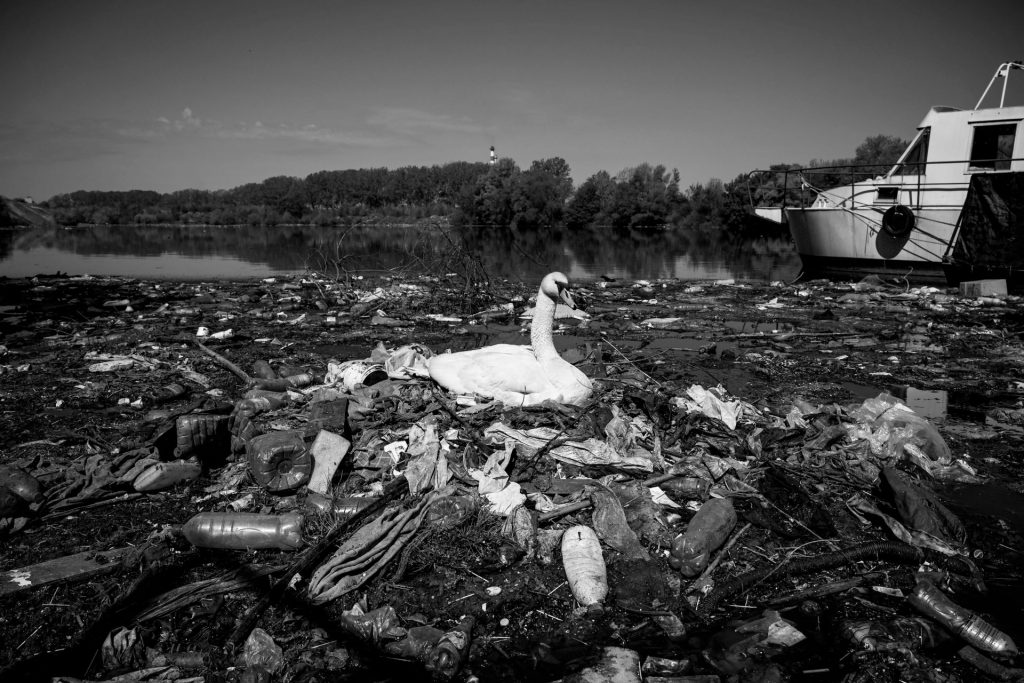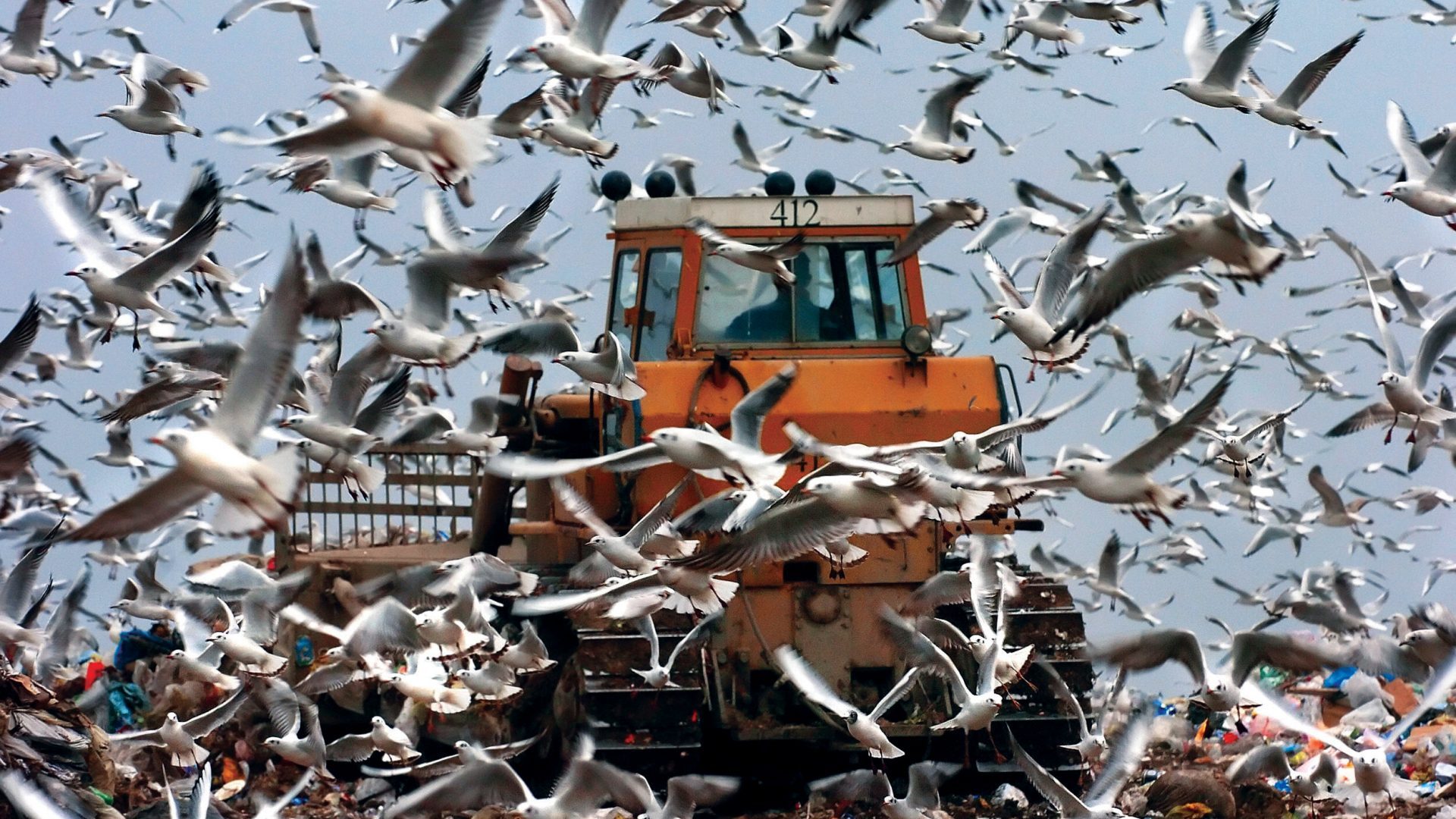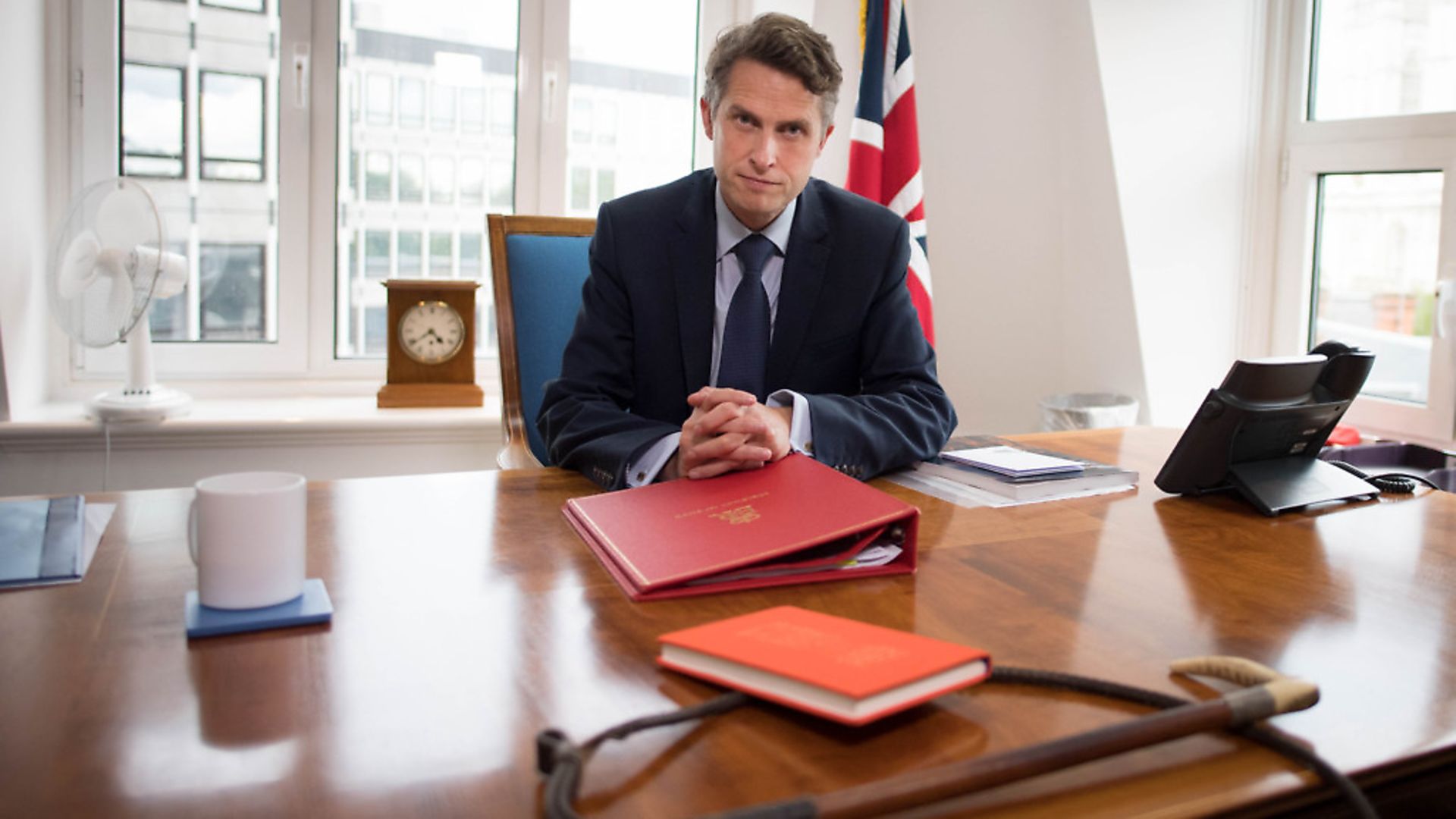The Vinca landfill site, 15 miles outside Belgrade, is the largest unmanaged open dump in Europe, an organic factory of poison gases that has covered the sky above Serbia’s capital with a toxic smoky-grey blanket for almost half a century.
Opened in 1977, it immediately became a source of air, soil and water pollution that turned Belgrade into one of the most polluted cities in the world. Around half a million tons of municipal waste was dumped at Vinca every year for almost 45 years and the site now sprawls across an area equivalent to 185 football fields. Some of the waste hills rise to a height of 80 metres.
Fires break out almost daily, while several underground fires have been burning for decades. In 2017 a huge blaze took hold and lasted for 40 days. The fumes were so bad that Belgraders were forced indoors. Jovan Stankovic is a waste picker who has lived and worked here for almost 20 years. The place, he says, “is like a volcano”.
After getting permission to visit the site, I begin a journey into Europe’s eco hell-hole whose notoriety travels almost as far as its horrifying smell.
The drive from the centre of Belgrade to Vinca only takes about half an hour. The site used to be known for the remains of a Neolithic settlement, one of the most ancient sites in Europe, but that is now overshadowed by the stinking modern tip. In the neighbourhoods near Vinca, you can feel it in your nostrils.
“There is no problem living here,” says a man who lives nearby. “Except,” he adds, “there isn’t any air.”
“It all depends on the wind,” says Dragana, another Vinca resident, who works in the neighbourhood. “If it goes in the opposite direction, we are fine here. But then it’s the people in Mirijevo who are in trouble.”
After the 2017 fire, the City of Belgrade signed a development deal with a private consortium made up of Veolia of France, the Itochu Corporation of Japan, and Marguerite, a pan-European infrastructure fund. They took over in 2019, and promised to run the site for 30 years. The project is worth around €400m (£348m) and the aim is to transform the arid mountains of burning waste into a green habitat, alongside a “waste-to-energy” incinerator plant.
Not everyone is convinced. The European Commission and European Investment Bank have both pulled out of the scheme, for environmental reasons. The opposition green-left movement Ne Davimo Beograd (Don’t Drown Belgrade) says waste incineration is an outdated technology and by the time the project ends in 30 years it will look like “ancient history”. The total cost will be over €1bn. Taxpayers will foot the bill.
They might also contract some rather nasty respiratory illnesses. Many Vincanians are used to the unusual local “atmospheric conditions”, and only seem to get worried when the really large fires break out. That’s when the grey fog begins to pour from the site, spreading clouds of methane, furan and dioxins across the local roads and towns – substances as dangerous as they sound.
“We cannot dry our laundry for days,” says Ljiljana, who is carrying her little daughter. “I don’t let the kids go out when the air becomes unbearable. Even when the fire is out, the whole neighbourhood stinks for days and we have this terrible smog. It’s impossible to live when there is no wind.”
Vinca is bordered on one side by the Danube, and toxic gunge seeps from the landfill into the river. A fisherman named Milomir is out for his morning catch. “Nobody here cares about nature,” he tells me. “It is getting destroyed for short-term benefits.”
As you head towards the landfill site itself, you pass along a road that shows why the place has become so notorious. Since the consortium took over, no one has bothered to look after the approach road. Perhaps Beo, the clean energy company that now oversees the site, doesn’t regard it as part of the deal. Piles of rubbish have been dumped on the verges, creating a stench so bad that it stings my eyes – a large pile of cold asphalt puts out a chemical smell so foul that it wins the stinking contest. Rotting armchairs and sofas sit patiently in the grass, surrounded by tractor tyres, a Christmas tree, a brown teddy bear covered in dust, old Lacoste shoes, a yellow-red child’s scooter, bottles, plastic and paper bags, all sorts of broken kitchen apparatus – anything and everything is thrown away here.
Dozens of different rubbish lorries pass by, sending up clouds of dust. One of the drivers turns out to be from Belgrade’s sanitation department and doesn’t want to be named. “We enter the complex,” he explains. “Tonnage is measured and then we leave the rubbish we have.”

Asked why the road leading to the site is full of rubbish, he says it’s because the land is privately owned, so not the city’s problem. “It’s a shame,” he says, “but that’s the reality.”
At the entrance to the site, I meet the consortium’s PR representative. She does not leave me alone for the entire tour and is especially interested in my interviews with workers.
Overhead, hundreds of gulls in beautiful formation are diving into the hills of rotting mulch, looking for food. Lorries are circulating in and out. Piles of waste are being thrown around or covered with dirt by bulldozers. One of the drivers, Lazar, explains: “We are covering the communal waste with dirt in order to prevent fires… by cutting off the oxygen.” I ask him what he thinks of the stench. “We get used to it,” he says.
Tzortzis Chalaris is a popular face around the site. He explains that if fire breaks out, they can now shut it down in 20 minutes. “First, we have cameras everywhere. Second, every person who sees a fire reports it immediately,” explains Chalaris, who is Greek. “Also, we get constant supplies of dirt to cover the fire. We call that ‘creating a sarcophagus’.” He has lived here with his Serbian wife for eight years, he tells me. “I am getting citizenship soon,” he says with a smile.
Vladimir Milovanovic and Mitsuaki Harada are directors of the Beo Clean Energy firm. They explain how the complex works. To the left of the entrance, a huge incinerator is being constructed that will consume most of Belgrade’s waste. It is expected to fire up next year. The directors assure me that the latest technology will keep pollution to a minimum.
“We will use the best technology there is,” Harada explains. “The emissions will be limited and negligible. If you use temperatures as high as we are planning, there are not going to be any by-products.” They estimate that the incinerator will burn 340,000 tons of waste a year, enough to power 5% of Belgrade’s households.
Everywhere you go on the site, there are birds. Clouds of them. At one part of the site, still under construction, it’s like the town square in bird-city. There are 60 species picking for food among the landfill, among them starlings and jackdaws. During the migration season, storks, herons and various types of raptors are present, attracted by food, waste or rodents. The company has put up metal poles topped with basket-nests at several points so the storks can have their own little homes.
Then we head out towards the old landfill site. Driving slowly along the dirt and gravel road, with hills on either side, it is a wasteland. The rubbish has been covered with earth, but in places it still sticks out.
“Drive carefully,” my guide tells the man behind the wheel. “We don’t want a puncture.”
We head out to the point where the landfill meets the Danube. There is a 40 metre-long foetid pond of black run-off that has leeched out of the site. Before, this contaminated water was simply dumped into the river. But the company has now created a special treatment facility and claims the water will be cleaned before it is released back into nature. A worker demonstrates the facility’s magic trick. Polluted water goes into the filters – out comes clean fluid.
“It’s almost for drinking,” the guide says with a laugh. He does not drink the water.
On the face of it, the environmental disaster at Vinca is being addressed – but some organisations are not persuaded. “There are two main problems with the Belgrade solid waste project,” says Fidanka McGrath from the Bankwatch organisation, a network that scrutinises economic projects across central and eastern Europe. First, the project does not have cutting waste as a priority.
Second, she says, the project has come at the expense of some of the most impoverished people in the country, particularly the Roma. Between 10% and 30% of the country’s rubbish is recycled, and of that, 80% is done by informal waste collectors, primarily Roma. Several dozen Roma families had lived at the Vinca site for decades, working their way through the junk, earning money from the recyclable material they found.
Conditions were very harsh. Residents had no water or electricity. Jovan Stankovic used to live there, and his son, now 19, was born on the site. His son’s health was ruined by the living conditions. He has problems with his heart and cysts on his spleen. Jovan and his wife had to beg for electricity and clean water.
“I sometimes walked for 5km carrying three balloons each weighing 30 kilos,” he says, “just to have clean water for my son.”
Ambulances sometimes could not get into Vinca because the gates were locked. After a relative died, they could not take his body out in the casket, so Jovan had to cut a hole in the perimeter fence.
He was also among the first people who responded to the fire in 2016. “I got burned. People said to me ‘what are you doing?’ But I said, ‘I need to do it. Who will do it if not me?’ That landfill was putting food on my table.” He shows me a picture of himself with a fire hose.
In December 2018, all of Vinca’s resident rubbish pickers were thrown out to make way for the new incinerator. Ivana and Jovan now live in a temporary apartment in Belgrade owned by the city. The authorities want to charge the couple €6,000 for bills run up before they moved in.
When I left Vinca, my lungs immediately thanked me, even though Belgrade’s air is pretty bad. There is undoubtedly an effort to clean up Vinca, but the Serbian public has serious misgivings. Here at the European periphery people are cheap – especially local government officials – and corruption is a domestic animal. Every project has its financial “flaws”.
But the privatisation of public services has been rotten, not just in Serbia, but everywhere. Investors get all the profits and taxpayers all the costs.
What worries most people here is that this exercise in very high-profile green transformation is actually just greenwashing. The public are watching closely and their attention is perhaps the best guarantee that the investors will prioritise more than just profits. Because after all, green is not just the colour of money. Right?
Sasa Dragojlo is a journalist at Balkan Investigative Reporting Network



